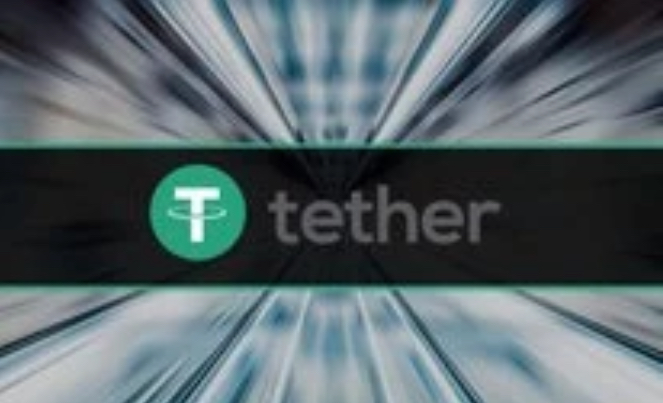Tether now has more tokens in Tron than Ethereum. Stablecoin giant Tether has released another transparency detailing the composition of its reserves and the blockchains on which its tokens are read. The report confirms that Tether has more than $3.3 billion in excess funds, which means that its tokens are more than 100. Let’s analyze Tether’s funds.
According to a report published on Thursday, Tether has $86.1 billion in assets and $82.8 billion in liabilities. These commitments appear as USDT tokens with dollars issued on various blockchains. The largest amount of USDT (~42.5 billion) circulates in Tron, while a rival amount (~38.4 billion) trades in Ethereum. The next largest chain, Solana, holds far fewer tokens, only ~800 million USDT. 11 other chains make up the rest of Tether’s USDT, although support for three of those networks – Omni, SLP and Kusama – will be withdrawn in May due to lack of approval.
The company’s report repeated last month’s claims that the company had a 4 percent reserve surplus, dispelling earlier criticism that the company’s assets and liabilities were dangerously close to a point that would make the company insolvent. Those claims were based on an audit report provided by BDO Italy, which analyzed Tether’s balance sheet as of June 30, 2023.
Excess reserves exist only as a form of insurance and are generated from the income of Tether’s fund reserves. Like other popular stablecoins, Tether holds most of its profits in US Treasuries, overnight repurchase agreements, cash and other cash assets. The aggressive monetary policy of the Federal Reserve pushed yields on government debt above 5% per year, allowing Tether to post a billion dollar profit in the second quarter of 2023 alone. Adoption of stablecoins remains strong.
A stablecoin report published this week by Brevan Howard confirmed that Tether still dominates the stablecoin market, accounting for 75% of stablecoin transactions. Mirroring the Tether report, an analysis by hedge funds found that many stablecoin transactions take place on Tron, while 50% of stablecoin volume is settled on Ethereum. “Most non-speculative activities use fiat-backed stablecoins,” it added. Overall, stablecoins had a much higher value last year ($11 trillion) than PayPal ($1.4 trillion), which is almost equal to Visa ($11.6 trillion). Overall, the number of stablecoins now appears to have deviated from exchange volume, representing more speculative stablecoin activity.

